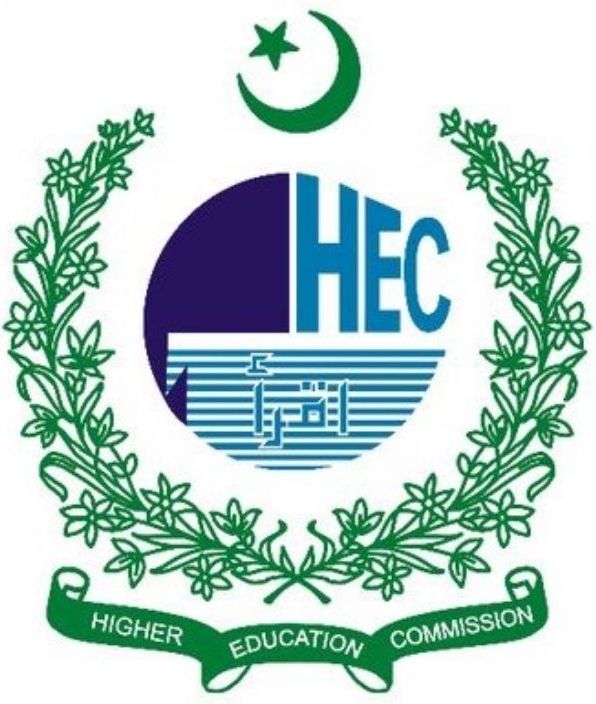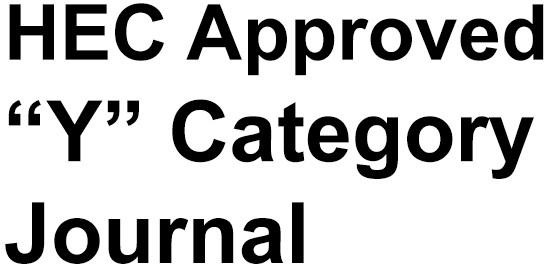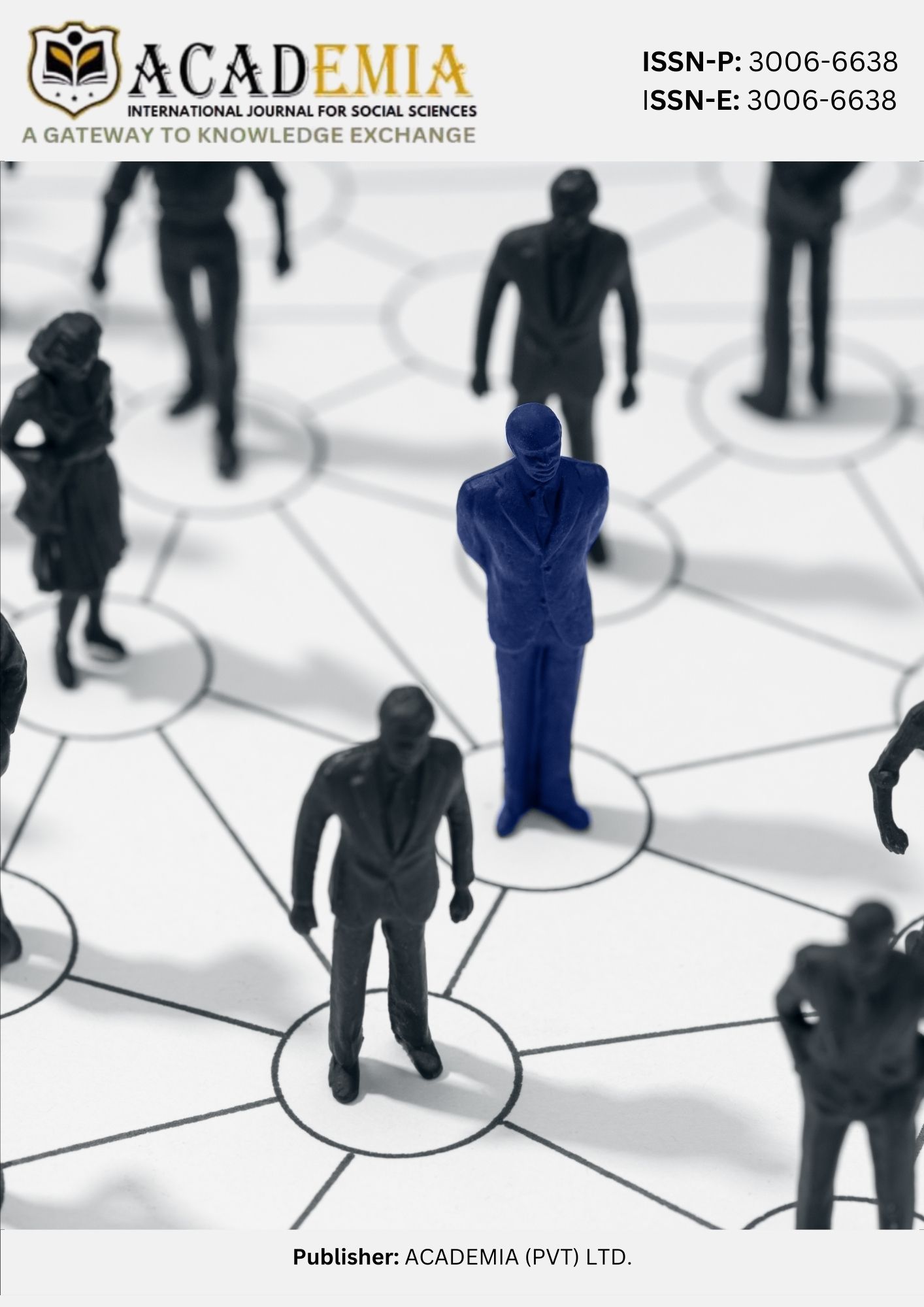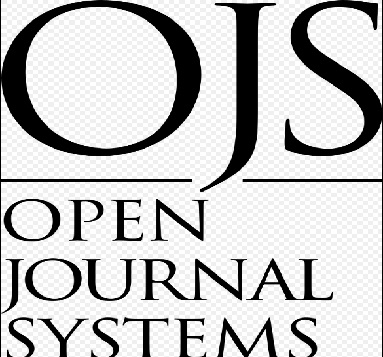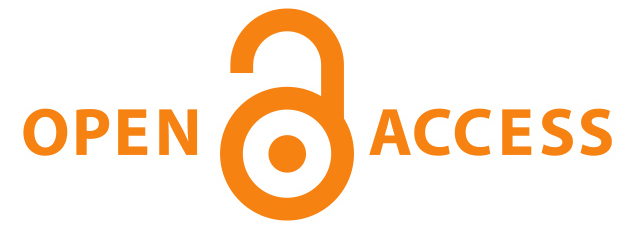Developing Strategic Business Models for Pakistan’s E&P Sector in a Net-Zero Carbon Future: Case Studies on the Beneficiation of Copper (Cu) and Antimony (Sb) Deposits in Lower Chitral
DOI:
https://doi.org/10.63056/ACAD.004.02.0244Keywords:
mineral resources , antimony , copper , iron , investment, beneficiationAbstract
The International Energy Agency (IEA) has identified several critical minerals—such as copper (Cu), cobalt (Co), nickel (Ni), and rare earth elements (REEs)—as essential for the production of electric vehicles (EVs), renewable energy infrastructure, power grids, and other clean energy technologies. The production and processing of these minerals are key components of strategic economic growth and are fundamental to developing sustainable business models during the global transition to net-zero emissions between 2024 and 2050. Pakistan possesses substantial and diverse mineral resource potential, including large-scale reserves of critical minerals like copper (Cu) and antimony (Sb). These deposits present a unique opportunity to develop world-class mining operations along with beneficiation and upgrading facilities. Such advancements could form the foundation of a dynamic metallurgical and manufacturing industry, positioning Pakistan as a competitive player in the global clean energy supply chain. This study evaluates the feasibility of value addition through beneficiation of low-grade mineral deposits in Pakistan, with a focus on Fe-Cu and Sb deposits in Lower Chitral. The Fe-Cu occurrences are hosted in metavolcanic and metasedimentary rocks of the Gawuch Formation (Cretaceous) within the Kohistan Arc in southern Chitral. Beneficiation techniques applied to these hydrothermal Fe-Cu ores have shown encouraging results. A combination of gravity and magnetic separation yielded an Fe₂O₃ concentrate with a grade of 90.7 wt.% and a 65% recovery rate, making it suitable for steel production. Furthermore, froth flotation has produced copper concentrates averaging 5.55 wt.% Cu, starting from ores with initial Cu contents below 0.1 wt.%, demonstrating significant recovery potential. In addition, a low-grade Sb deposit located within the Karakoram Plate in the Krinj-Shughor area of Lower Chitral district exhibits promising beneficiation results. With a head grade of 19.05% Sb, the ore—primarily containing stibnite (Sb₂S₃)—was processed via froth flotation to produce a final concentrate of 62.0% Sb at a 95% recovery rate. These results underscore the economic viability of antimony extraction and its potential use in antimony-based chemical industries. With global oil and gas companies increasingly diversifying into mineral resource development in response to rising demand, there is a strategic opportunity for Pakistan’s national enterprises to follow suit. To align with global objectives for clean energy transition, Pakistan should proactively invest in the mining, beneficiation, and refining of critical minerals—particularly copper (Cu), zinc (Zn), lithium (Li), and antimony (Sb). Such investment would not only strengthen the country’s energy transition strategy but also position it as a regional hub for green industrial development.
Downloads
Published
Issue
Section
License
Copyright (c) 2025 M. Naveed Anjum, Sajjad Ahmad, M. Irfan Khan, M. Yaseen, Imran Khan, Sohaib Ali (Author)

This work is licensed under a Creative Commons Attribution 4.0 International License.


